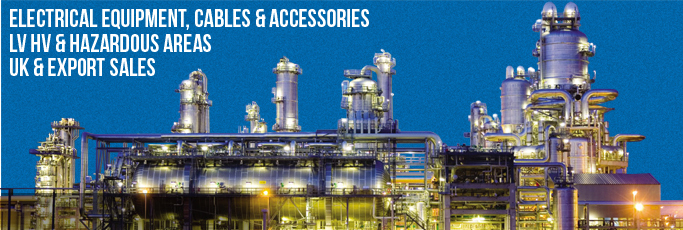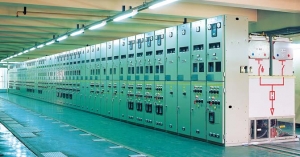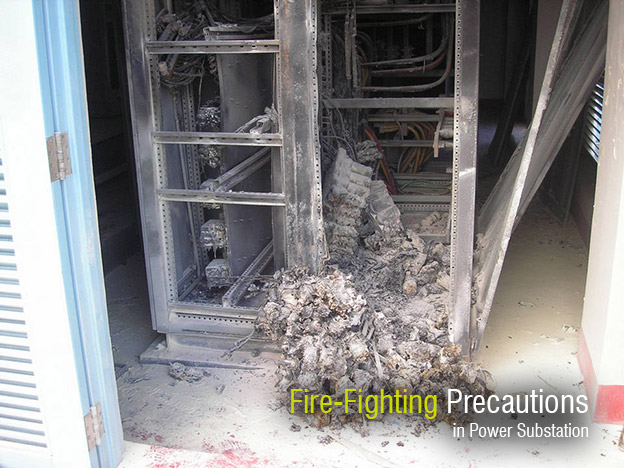
|
|
| home | contact | team t&d | group websites | markets | exports | blog |
 |
|
Fire Safety Considerations in Substations
By Chris Dodds on 4th September, 2013

The major fire risks and detection difficulties within Substations arise as a result of the following :
* Electrical arcing and the build-up of static electrical charge within equipment.
* Overheating of electrical control equipment, switchgear and cabling.
* Fire may rapidly spread due to the presence of large amounts of combustible material in the form of hydrocarbons contained in cabling and insulation.
* The environment within uninterrupted power supply areas (i.e. battery room) may become explosive from the build up of high concentrations of hydrogen gas.
* Substations are usually unmanned, thus, early intervention by staff may not be possible in the event of a fire.
* High air movement, caused by air-conditioning dilutes and disperses the smoke.
* Much of the mission critical equipment is housed within equipment cabinets and incabinet fires may take some time to be detected by ceiling mounted detection devices, especially since in-cabinet fires will usually have prolonged incipient (smouldering) stages.
* Underground cable trenches linking the main areas of the substation are considered hostile environments. High levels of background pollution present in these areas will affect the reliable operation of conventional detectors as well as being a source of false (nuisance) alarms.
The heat from failed capacitor bank completely de stroyed the attached main incomer 400 volt switchboard for a very large shopping mall and spread the fire around substation. The radiant heat from this fire also destroyed the control panel and switchboard for the emergency power generator that was located directly opposite.
stroyed the attached main incomer 400 volt switchboard for a very large shopping mall and spread the fire around substation. The radiant heat from this fire also destroyed the control panel and switchboard for the emergency power generator that was located directly opposite.
Source - EEP Electrical Engineering Portal
Fire Resistant Cable Duct Sealing For Substations
 |
Category: HV Cable Jointing & Terminating
Sort by Category:
- #ThrowBackThursday
- 3M Scotch Tapes
- ABB Power Products
- Business
- Cable Accessories
- Cable Cleats & Cable Ties
- Cable Containment LV HV
- Cable Crimping & Cutting Tools
- Cable Jointer Training Courses
- Cable Jointing - PhotoBlog
- Cable Labelling & Marking
- Cable Laying & Cable Pulling
- Cable Transits & Duct Sealing
- Company Updates
- Earthing & Lightning Protection
- Electrical Equipment HV
- Electrical Equipment LV
- Electrical Safety & Arc Flash
- Exports
- Flexible Conduit Cable Management
- Hazardous Area Electricals & Lighting
- HV Cable Jointing & Terminating
- LV Cable Jointing & Terminating
- Nexans Euromold Cable Accessories
- Plugs & Sockets
- Power Distribution & Feeder Pillars
- Prysmian FP Cables
- PV Solar Farms
- Rail
- T&D History Blog
- Terms & Conditions of Sale & Purchase
Tweets by @ThorneanDerrick




























